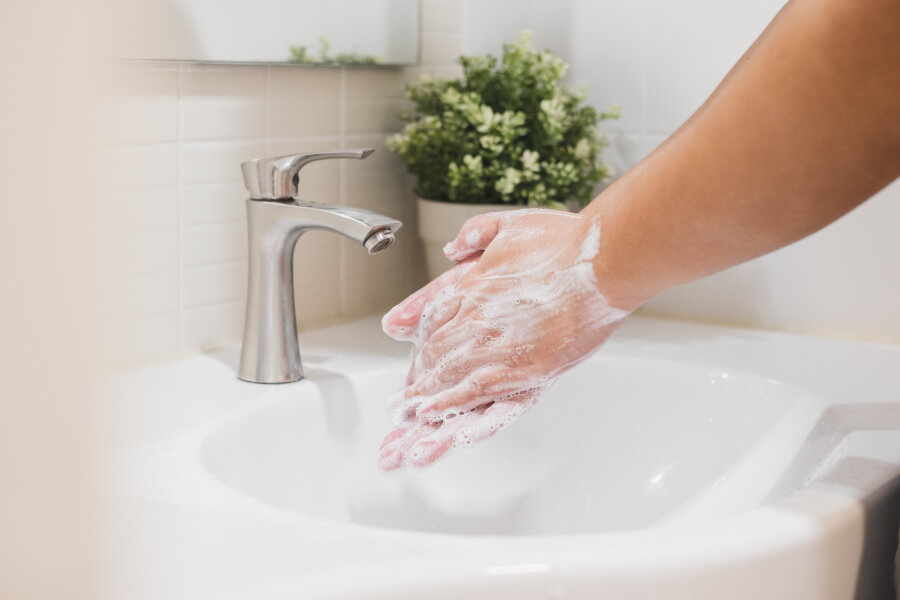
By now, everyone has heard of the five main ways you can protect yourself and others from COVID-19: staying home, social distancing, wearing a mask, covering coughs and sneezes, and washing your hands. What isn’t always covered, however, is the proper handwashing technique. It is important to wash your hands frequently and thoroughly.
Wash for 20 Seconds
The length of time is one of the most critical factors when it comes to proper handwashing and killing viruses like coronavirus. Hands should be scrubbed for at least twenty seconds to ensure that the soap has enough time to kill most or all of the germs. Coronaviruses like COVID-19 are held together by an outer layer of lipids, or fat, that can be easily broken down by soap. Once the outer layer has been broken, the virus falls apart, and the destroyed pieces are washed down the drain.
Antibacterial Soap Is Not Better Than Regular Soap
Sometimes people are concerned that the soap they use isn’t strong enough. Fortunately, any regular liquid or bar soap that you can find at your local store should do the trick. If you are using hand sanitizer, make sure that it contains at least 70% isopropyl alcohol. You will also want to be sure that you are allowing the soap to come in contact with every part of your hands. Studies have shown that adults frequently forget to wash the back of their hands, in between their fingers, their fingertips, their thumbs, and under their nails.
Frequently Wash Your Hands
You should always wash your hands before meals and after using the restroom. It’s also best to wash your hands after touching things like door handles, shopping carts, keypads, and gas pumps. Additionally, sanitize your hands before touching your eyes, nose, or mouth.
Coronavirus Resources
If you have any questions about proper hand hygiene or general sanitation methods, we recommend visiting the Centers for Disease Control and Prevention’s website for more information.
